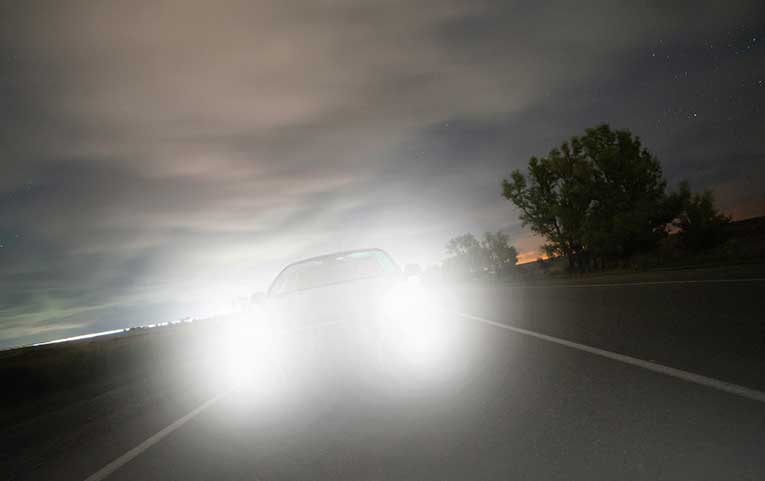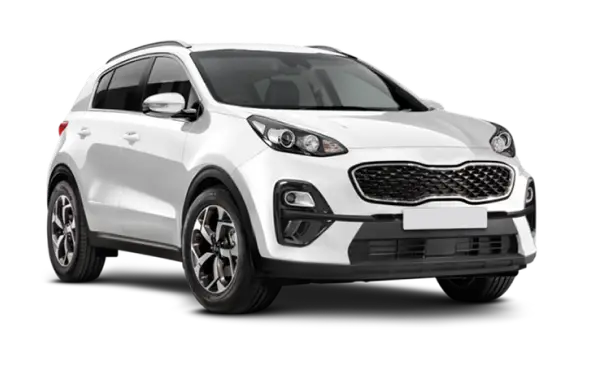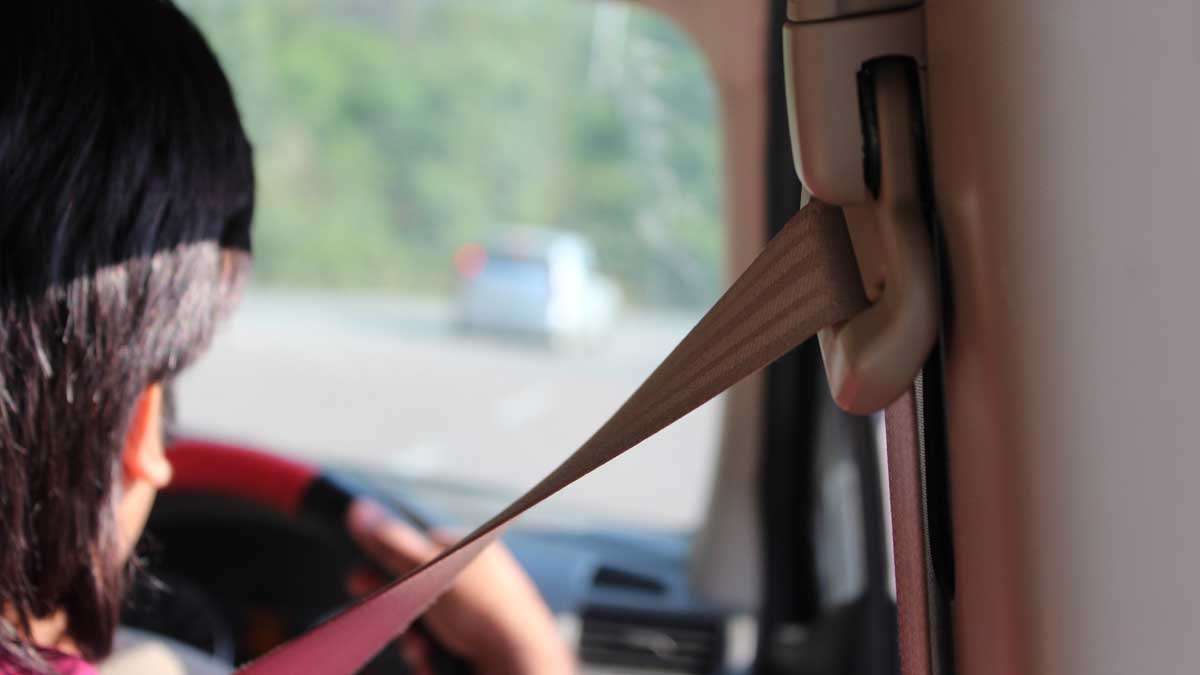With the Commonwealth Government estimating that there are more than 42 million kangaroos across Australia, it’s not surprising that they are the animal species most likely to be involved in a car accident. The effects of urban sprawl as well as drought conditions across Australia also make it more likely for kangaroos and other wildlife to be found on our roads as they are increasingly pushed from their natural habitats.
Knowing what to do if you hit a kangaroo or another wild animal while driving can help both with saving the animal and preventing hazards to other road users. However, it’s always better to exercise caution and avoid hitting wildlife as far as possible. We’ve put together a few tips to help prevent accidents with wildlife.
Be Vigilant When Driving On Regional Roads
When driving on regional roads, stay alert and pay attention to any movement on the side of the roads where animals may be grazing. Many roads with high wildlife activity are marked by yellow animal warning signs. Pay special attention when you see these signs and be ready to slow down and brake if you do see an animal in the road or on the roadside. If you see any roadkill, make sure you drive cautiously as it’s a sign that there’s wildlife in the area.

Slow Down If You See An Animal In The Road
Animals behave unpredictably when they’re startled or fearful, and you shouldn’t assume that an animal will move out of your way if it sees you approaching. Slow down and stop if you see an animal in the road and allow it time to move off to the roadside.
Many animals, including kangaroos, travel in groups. So, if you see one, there will be likely be others nearby that you need to watch out for. When you see a vehicle ahead of you that has stopped in the road, they could be waiting for an animal to pass. Slow down and stop behind them until the road is clear.
Avoid Swerving
Swerving to avoid an animal in the road can have disastrous consequences, particularly if you’re driving at high speeds. Slow down and brake safely to avoid hitting any animals that are in the road – then give them ample time to move off the road.
Try To Avoid Driving At Dawn And Dusk
Many Australian animals are crepuscular (active at dawn or dusk) or nocturnal (active at night) and are most likely to be on the roads during these periods. If possible, try to avoid driving when wildlife is most active as this will reduce your chances of hitting an animal.
Avoid Using Your High-beam Headlights
If you’re driving at dawn or dusk, or at night, using your vehicle’s high-beam headlights could cause an animal to feel disorientated and confused. Avoid flashing your high-beam headlights at an animal to get it to move off the road – this will likely dazzle the animal and could even cause it to move towards the lights of your vehicle.

Can Right2Drive Assist Me If I’ve Hit A Kangaroo Or A Wild Animal?
Right2Drive provides accident replacement vehicles to not at fault drivers who have been in a collision involving a vehicle owned or operated by another insured party. In the unfortunate event that you have hit a wild animal, we recommend contacting your insurer for assistance. However, if you have had a collision with a straying animal (farm animal or pet) that has an owner who has acknowledged they have not taken reasonable steps to prevent it from wandering into the road and creating a hazard, we may be able to assist you with an accident replacement vehicle.





